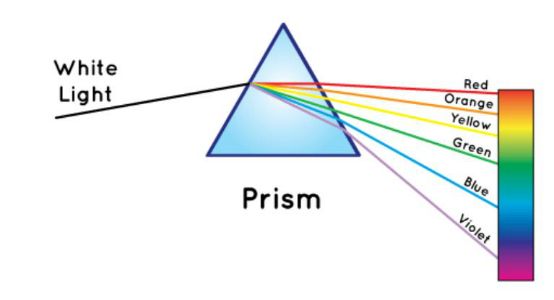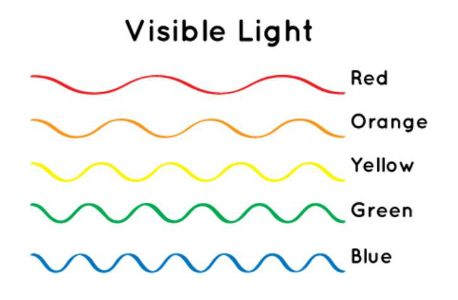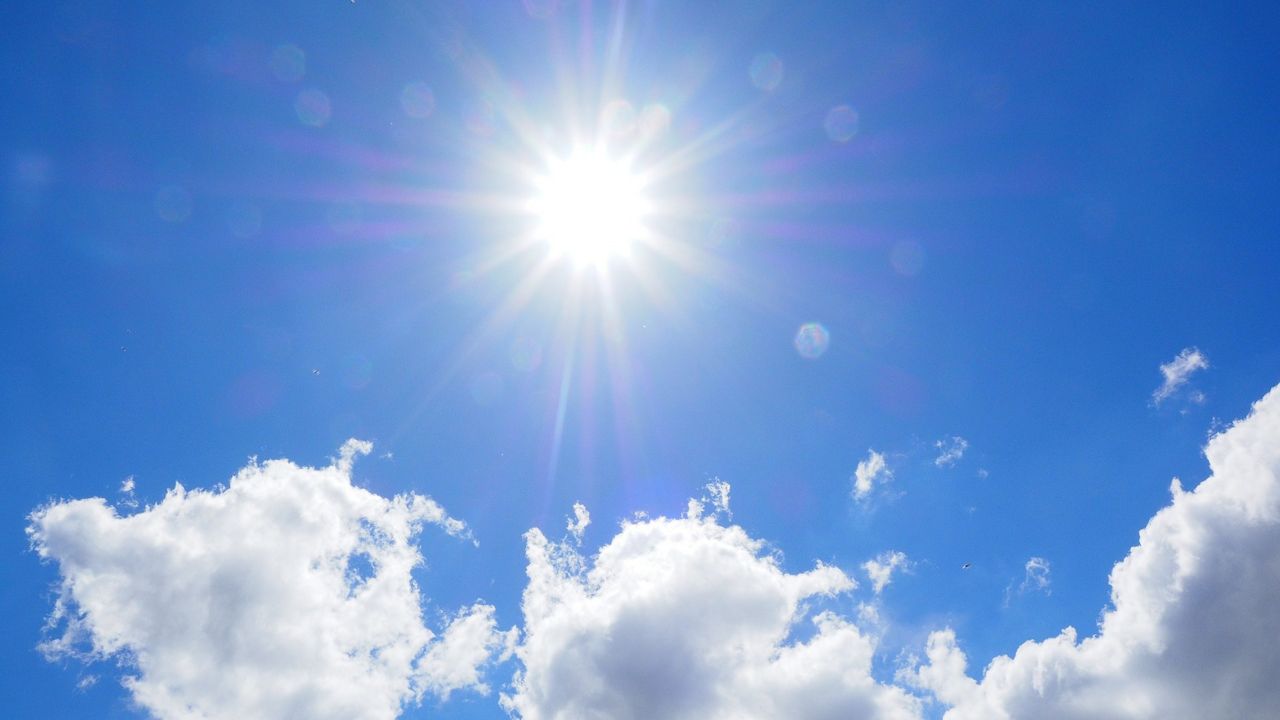*Note: Project Weather lessons should always have adult supervision.
Throughout the past few weeks, we’ve focused in on a lot of experiments involving cold weather. We’ve made snow, and frost, and learned a lot about the water cycle. This week, I want to explore more of warm weather experiments!
Many children often wonder, 'Why is the sky blue?' I wondered the same thing as a child. It’s not an easy question to answer always, especially when trying to explain to a kid. It took scientists a long time to figure out the answer, and it all has to do with a prism and the way light bends through it.

When white light, or in our case sunlight, shines through a prism, all different colors of the rainbow are created as shown above. Some light travels in short waves (blue). Other light travels in long waves. Blue light waves are shorter than red light waves.

In order to put this in perspective of our world and atmosphere, think about it this way: sunlight reaches Earth and the light is scattered in different directions by everything floating in the air. Blue light is scattered more than the other colors because it travels in those shorter and smaller waves (shown above). This is why we see a blue sky when you look up. Closer to the ground, the sky fades to a lighter ‘sky’ blue or even white. The reason for the color variation is that the sunlight has gone through a lot more hoops to get to the ground. As the rays moved through more air they have broken apart and scattered and then scattered again. Since the surface of Earth has reflected and scattered the light, all this movement mixes the colors together so we see whiter coloring.
In this experiment we will try to recreate what happens outside by using:
- A flashlight
- An empty 2-liter bottle
- Milk
- Water

You’ll start by filling up your pop bottle ¾ of the way full with water. From there, find a spot where you can put a flashlight on the side of the bottle so it shines through.

Next, you will need to add a teaspoon of milk.

Put the cap on the 2-liter and shake the milk and water mixture together. At this point set the bottle next to the flashlight again and look for scattering blue light.

If you can’t see it yet, try adding more milk by the teaspoon until you do. If you would like to take this experiment to the next step, a lot more milk! By adding more milk, you will eventually see a red tint coming out of the mixture.
This experiment works because the mixture we create scatters more of the blue wavelength than any other color just like what we talked about above with the prism. At sunrise or at sunset I’m sure you’ve noticed how the sky goes from blue to pinks, reds, and oranges, that’s because there is even more scattering taking place due to the lower angle of the sun. This causes the red and orange lights to scatter into our atmosphere – hence why you see a colorful sunset.
Have fun this week and let me know if you have any questions at Kaylee.Wendt@charter.com.



